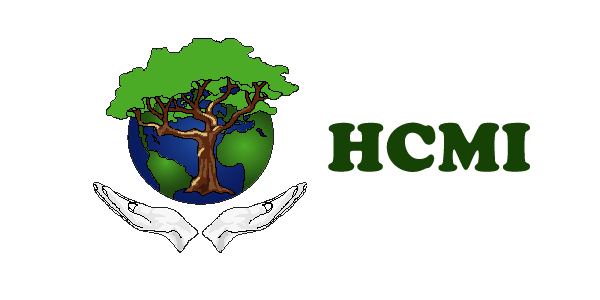
Sprains and strains are common injuries to the musculoskeletal system. Although these two words are often used interchangeably, they are two different types of injuries, but both can cause pain, swelling and bruising.
A sprain is an injury to a ligament being stretched beyond its capacity. You might even hear a popping sound at the time of injury if the ligament ruptured. Sprains occur most commonly in the wrist and ankle. A strain is when a muscle or tendon becomes overstretched and injured. Don't worry, you don't need to know which injury you have, the same Remedy combination is used to fix it.
Now you might be thinking that the body can heal itself, why the need for a remedy? First of all, the recommended Remedies will help the body heal much faster. Perhaps more importantly, every injury creates a little short circuit in the meridian system. This may not cause issues right away, but over time these contribute to lack of health in some system. Which system that is will depend on where (what meridian) the majority of injuries have occurred along.
A physician categorizes sprains and strains according to severity. A Grade I (mild) sprain or strain involves some stretching or minor tearing of a ligament or muscle. A Grade II (moderate) sprain or strain is a ligament or muscle that is partially torn but still intact. A Grade III (severe) sprain or strain means that the ligament or muscle is completely torn, resulting in joint instability. Surgery is often the medical suggestion, but there may be better options.
The cause of most strains and sprains are:
- Walking, stepping or falling in a way that causes injury.
- Exercising with incorrect or unsafe body alignment or doing more than the body can handle.
- Not warming up or prepping your body for exercise properly. People often say stretch before you work out, but that does not prepare your body for exercise. Warming up means you get the blood flowing so body tissues are "ready to go" if you will. Jumping jacks, running in place or any cardiovascular activity that gets your heart pumping will warm you up fast.
- Participating in activities (sports) where the risk of injuries is expected.
- You are deficient in the nutrients and minerals the body needs to remain limber and not injure easily. If this applies to you, use both of the Support remedies in the second step. You will see Liver listed because it is the health of the liver that regulates the ability to heal quickly from sprain/strain issues.
NOTE: For maximum effectiveness, take the Injury Relief remedy internally every 15 minutes and apply some to the local area of injury (knee, ankle, etc.) Other than that there is little you (or a physician) can do for it but rest, ice it, and stay off of it the best you can. If you have an old injury that nevers quite got well, some virus or bacteria may have gotten in there and that is what is hindering your healing.
Counter the swelling: If your sprain/strain happens in an area where this is possible (like wrist, ankle, finger) wrap it very tightly with something so it is not allowed to swell. This ONLY works if you do it immediately BEFORE swelling has begun. Once it is swollen, you do NOT want to wrap it tightly. When an area is injured, the swelling comes from extracellular fluid building up to protect the area. Unfortunately, this restricts the flow of blood to the area. If you wrap it tightly before the swelling begins, the fluid is unable to build up and blood flow will saturate the area much faster. This will allow healing to occur faster and pain will be much less than if the swelling sets in. Remember, once swollen, DO NOT wrap tightly .. just use the Remedies listed.
If you feel there is more pain in the Injury site than there should be within two days or if pain, heat and swelling do not seem to be going down, it is possible you have a tear. Have a professional look at it, but consider Prolotherapy before you let anyone cut into you!
